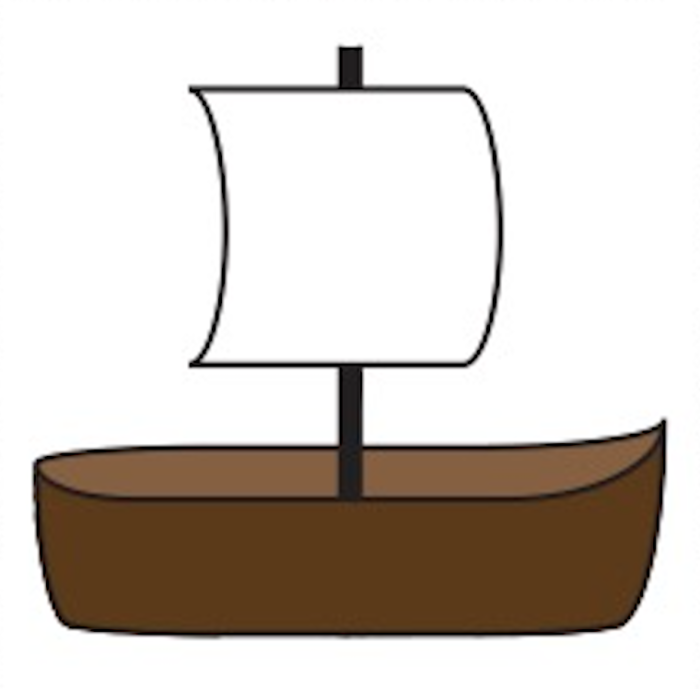
design: Natalia Favila Inacua
While going about our daily lives, we sometimes hear a song we loved in 2013 or see a clip from a show we watched when we were 8; we’re overcome by an inexplicable aching for the past. This sense of longing is often bittersweet: pain for what we can never get back combined with a fond reminiscence for something we once loved.
This relatively positive view of nostalgia wasn’t always the dominant one. Nostalgia was originally thought to be a disease, its name coined from the Greek words meaning “homecoming” and “pain”, according to TED-Ed. In the 17th century, the “nostalgia epidemic” caused many soldiers to be discharged from the army due to the fatigue, insomnia and fever that seemed to be caused by their yearning for home, according to the Atlantic.
However, as migration increased, so did the prevalence of nostalgia. Due to this and the study of psychology becoming more empirical, nostalgia started to be viewed less as a disease and more as a feeling of longing that could often be pleasant, according to TED-Ed.
Our understanding of the world and the way we view longing and reminiscence has changed significantly since the 1600s. Now, it’s recognized that nostalgia doesn’t have to be a bad thing. It can simply be a complex feeling for what we have left behind, a reminder that we can never go back, for better or worse. This feeling of something fundamental being trapped in the past beyond our reach is not a new one.
In Ancient Greece, philosophers Heraclitus and Plato once discussed a metaphysical thought experiment called, “The Ship of Theseus”. They pondered the idea of a famous war ship being kept in the harbor as a museum piece. Over time, the ship’s wood would rot in some places and the parts would have to be replaced; after 100 years, every part of the ship would have been replaced at some point in time, according to the Philosophy Foundation. The philosophers wondered: is this restored ship still the same famous ship of Theseus it once was? Or is it now something different — something new? Nostalgia makes us ask ourselves a similar question.
When we look back at the things that were once meaningful to us, we are forced to confront the fact that we have changed. There are parts of us that we can never get back, parts that had to be replaced because they rotted years ago. Nostalgia makes us ask ourselves if we’re still the same person we once were, a question that is uncomfortable for most people to consider.
However, when we reflect on how different we are from who we once were, we are also able to acknowledge how much we have grown. When we get this glimpse into the past, we’re shown a version of ourselves that no longer exists — a bittersweet reminder that we need to let go and keep moving forward if we want to create more of the meaningful moments and connections that made us feel nostalgic in the first place.



